Tanabata, the legend and modern times
Tanabata: on the seventh day of the seventh lunar month we celebrate one of the five gosekku (五節), the most important festivals of the year. This is also one of my favorite parties because it is extremely romantic.
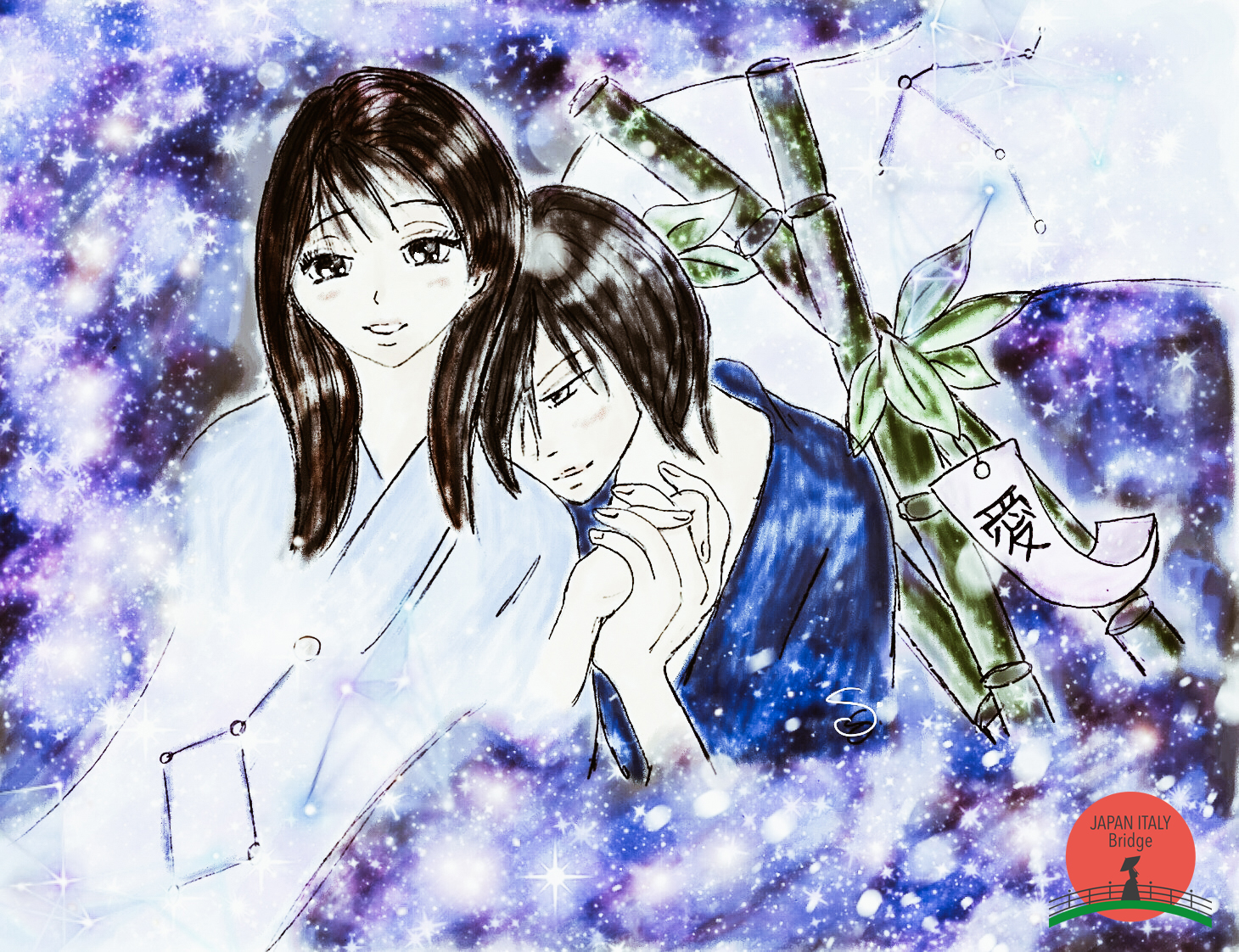
The Seventh Night
The legend tells of Princess Orihime (the star Vega), devoted daughter of Tentei (the King of the sky) who spent her day weaving on the shores of the celestial river Amanogawa (the Milky Way). However, her heart was sad because she had not yet known love. Then Tentei introduced her to Hikoboshi (the Altair star), a young herder of the heavenly planes who lived across the river. The love between the two exploded immediately, but the passion distracted them from their duties by unleashing the wrath of Tentei.
He divided them by returning his daughter to the opposite bank of the river. Orihime, destroyed by pain, wept a thousand tears. Tentei, struck by his daughter’s great love, allowed the two lovers to meet on the seventh night of the seventh month only if they worked diligently throughout the year. The sky, in this special night, must be clear, otherwise crossing the silvery river would be impossible. In fact, if it rained it would swell and the vigor of its waters would prevent the flock of magpies from creating a bridge with their wings to allow the two lovers to hug again.
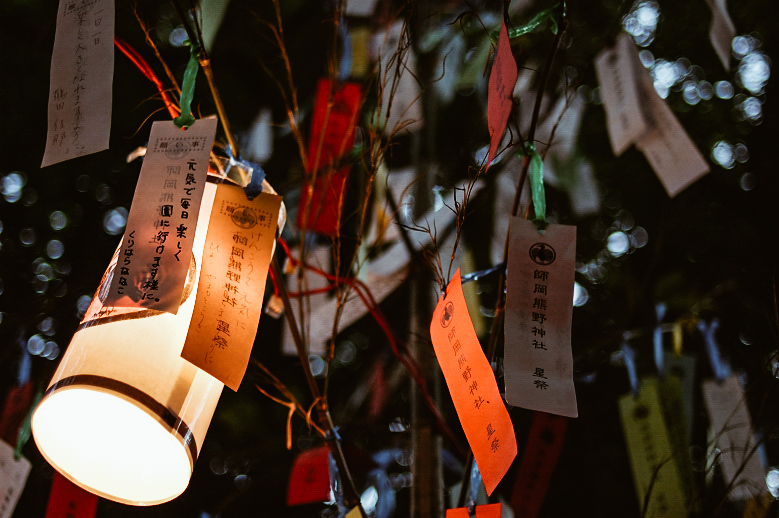
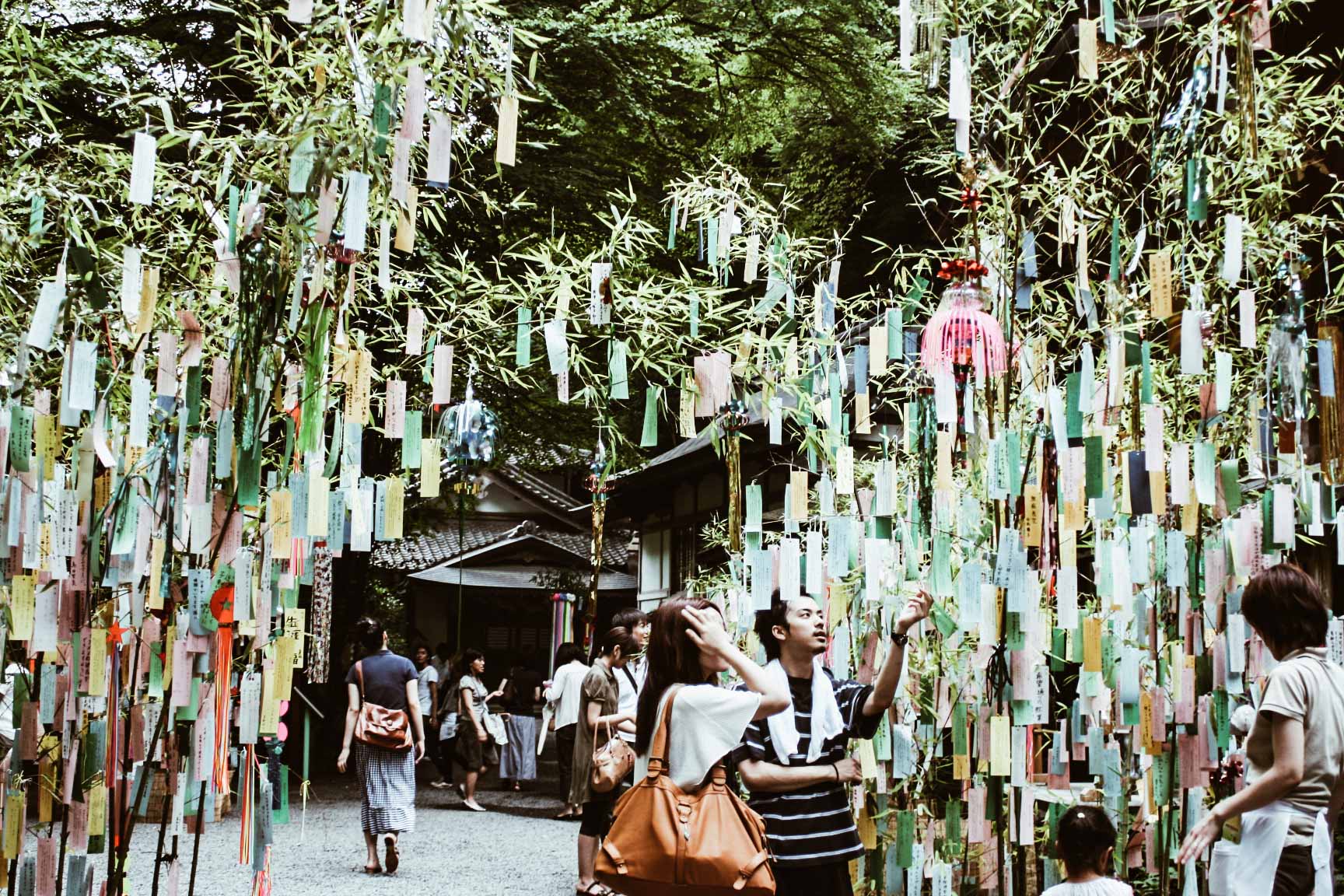
From Shichiseki to Tanabata and the customs of the festival
Tanabata was not the original name of this holiday. In ancient times it was known as Shichiseki, deriving from the reading of the Chinese kanji, from which it originates. In fact, the festival was imported from China by Empress Koken in the Kyoko Imperial Palace in the Heian period. It then spread throughout Japan in the Edo Period and has since become one of the most popular festivals.
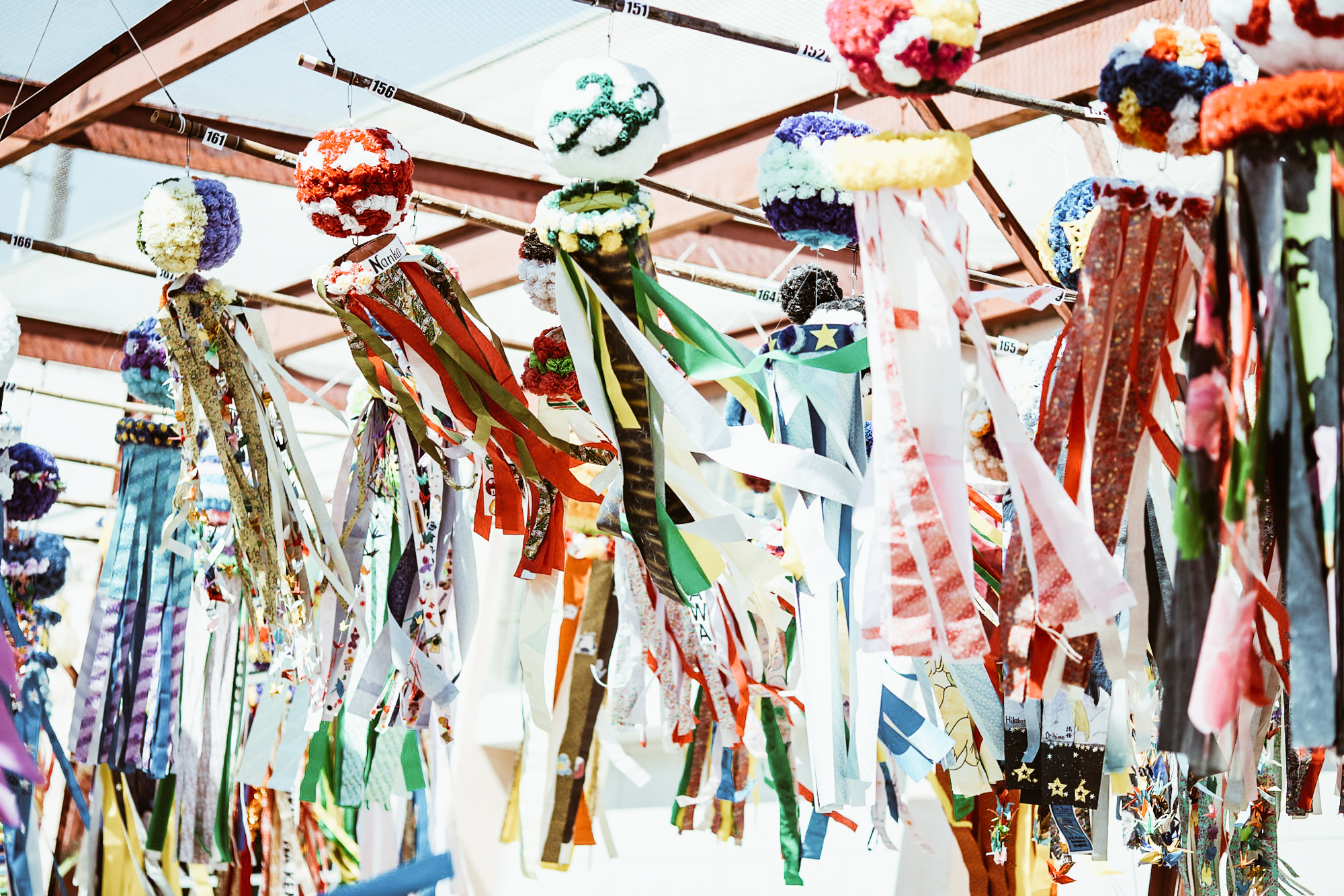

The decorations of the Tanabata
Between July 6 and August 8, according to the region, the streets are filled with zen-washi (paper lanterns) and people wear yukata (浴衣). The latter is a very informal kimono with wide sleeves and flat seams, made of cotton, without lining and therefore suitable for the summer. But the tanzaku (短冊) are the real protagonists of this enchanted night. Strips of colored paper that symbolize the silk threads woven by Orihime and on which prayers or wishes are written. Later these are tied to bamboo branches, considered the main symbol of the Tanabata. In this way, the wind, blowing through the leaves, brings with it the desires and realizes them!
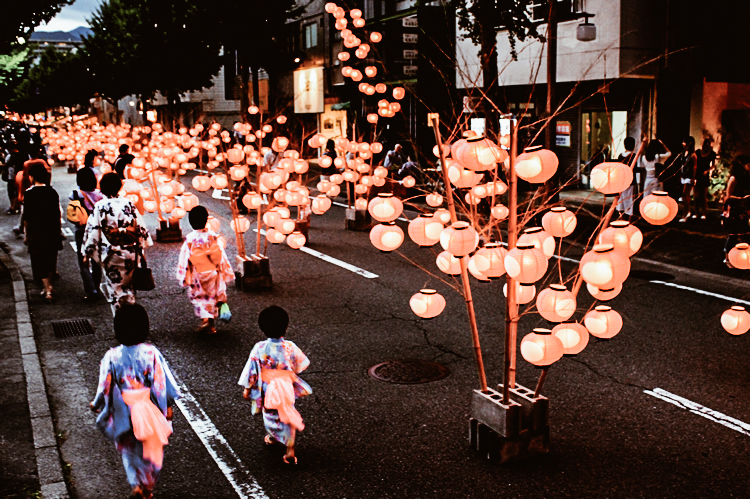
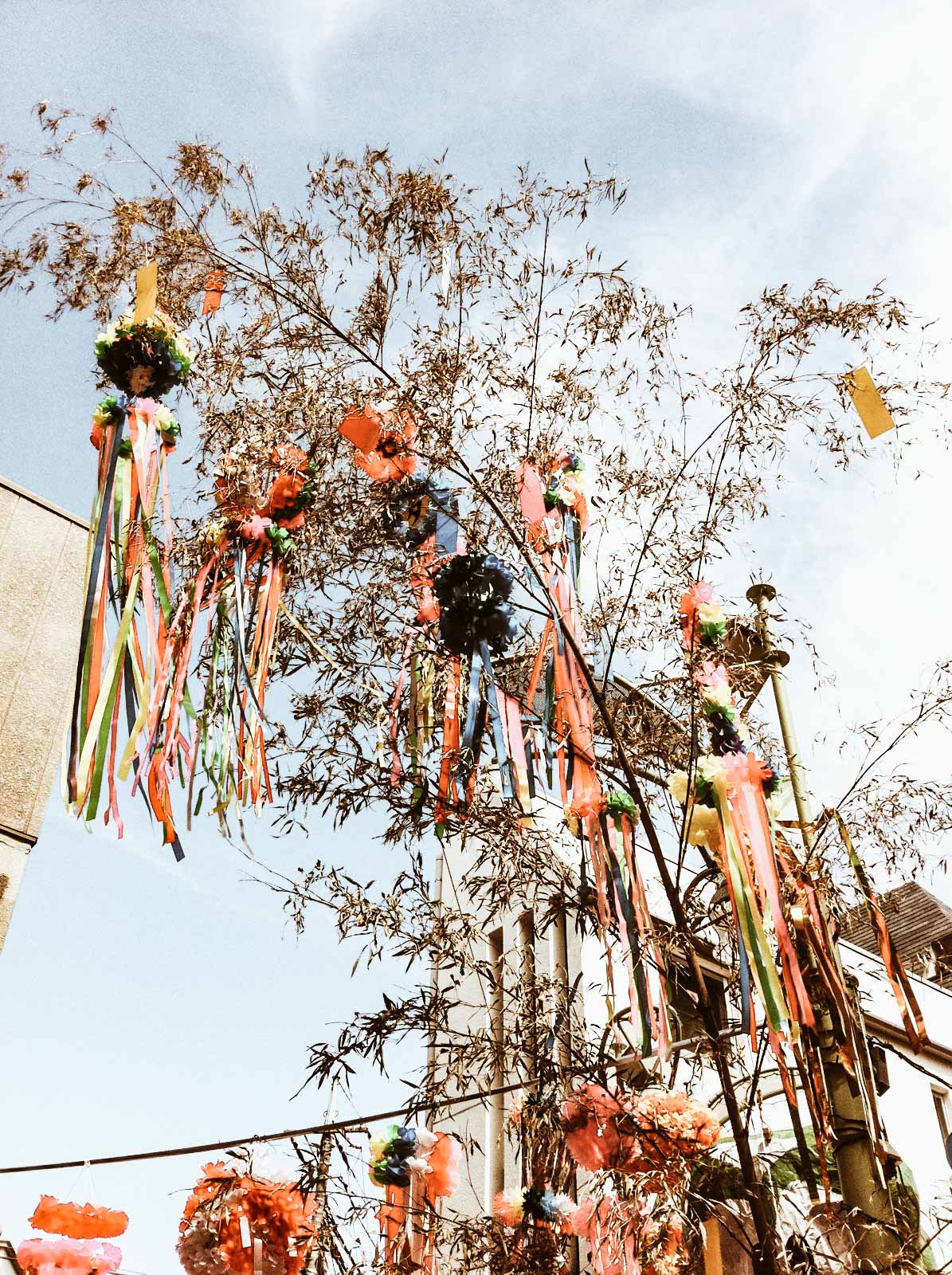
photo credits: savvytokyo.com, Hiroshi
As many auspicious decorations appear in the parades during the matsuri. There are Kamigorono (special paper kimonos) that protect against illness and accidents. We can also find toami, fishing nets whose exposure would bring good luck in fishing and in crops. Not to mention the fukinagashi, colored stripes like the fabric that Orihime wove. We then continue with the beautiful orizuru (origami) especially in the shape of a crane, bringing health, protection and long life to families. The kinchaku, small bags that bring good business and wealth. We also have the famous kusudama, oval-shaped ornaments composed of a series of origami sewn and glued together. Then we come to the kuzukagos, garbage bags that symbolize “cleanliness” (understood as purity) and prosperity.

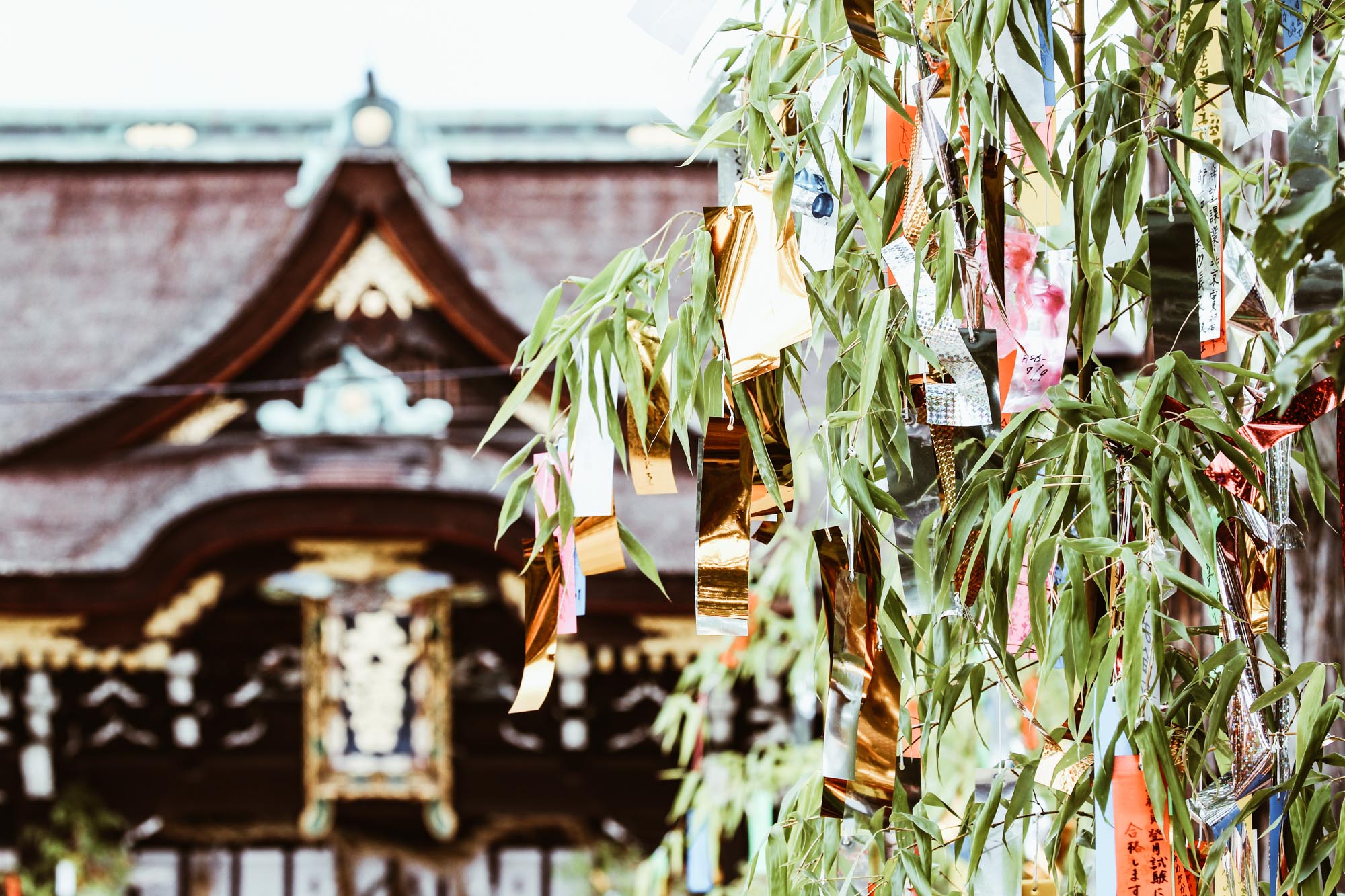
photo credits: savvytokyo.com, Naomi Nakagawa
To each region its date
As we said, the date of the Tanabata varies according to the region. In the Kanto region, The Tanabata of Hiratsuka, in Kanagawa prefecture, takes place between 4 and 6 July. In the region of Chūbu in Ichinomiya, in the Aichi prefecture, it is celebrated between 24 and 27 July. finally, in the region of Tōhoku, in Sendai, in the prefecture of Miyagi, it takes place between 6 and 8 August.
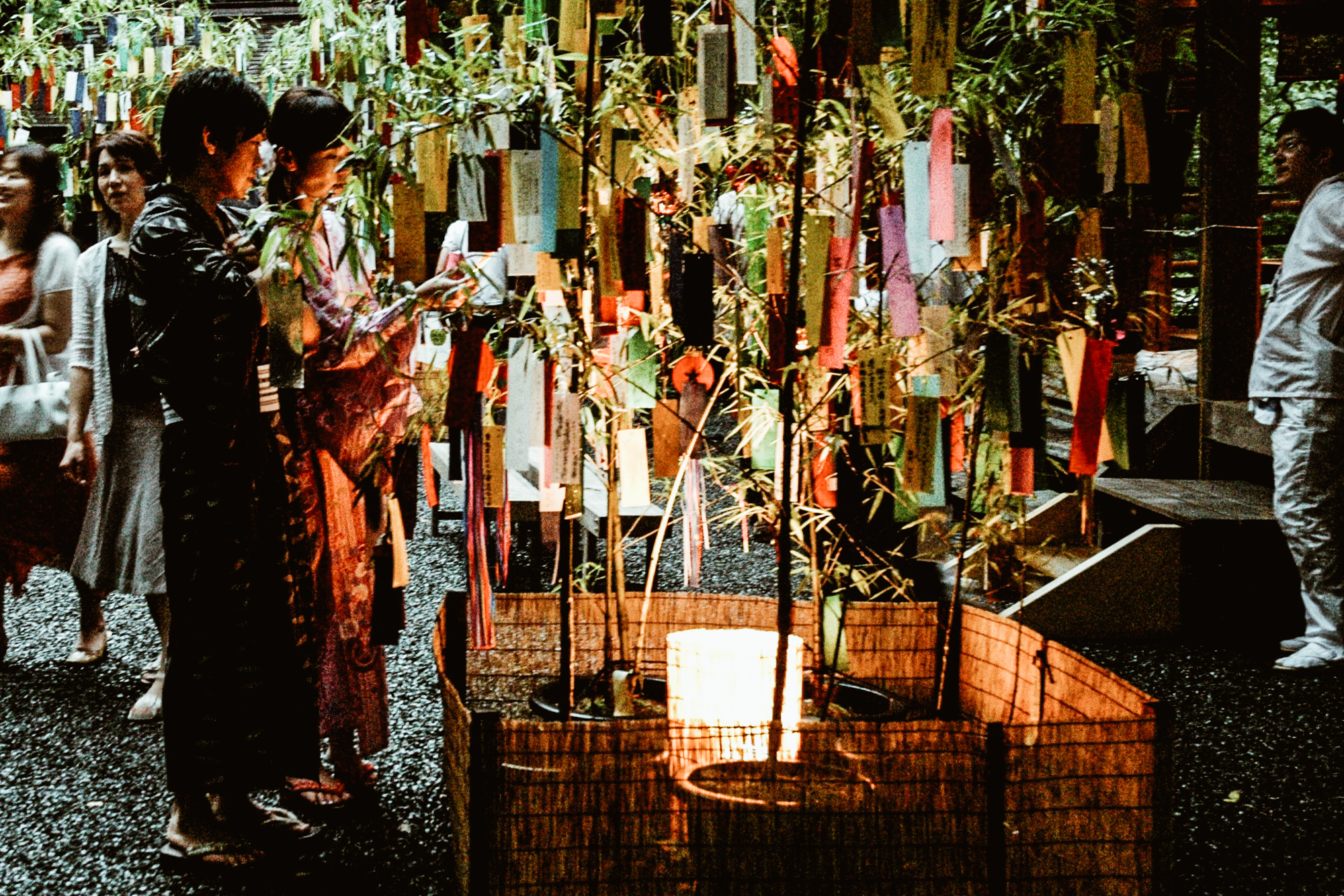
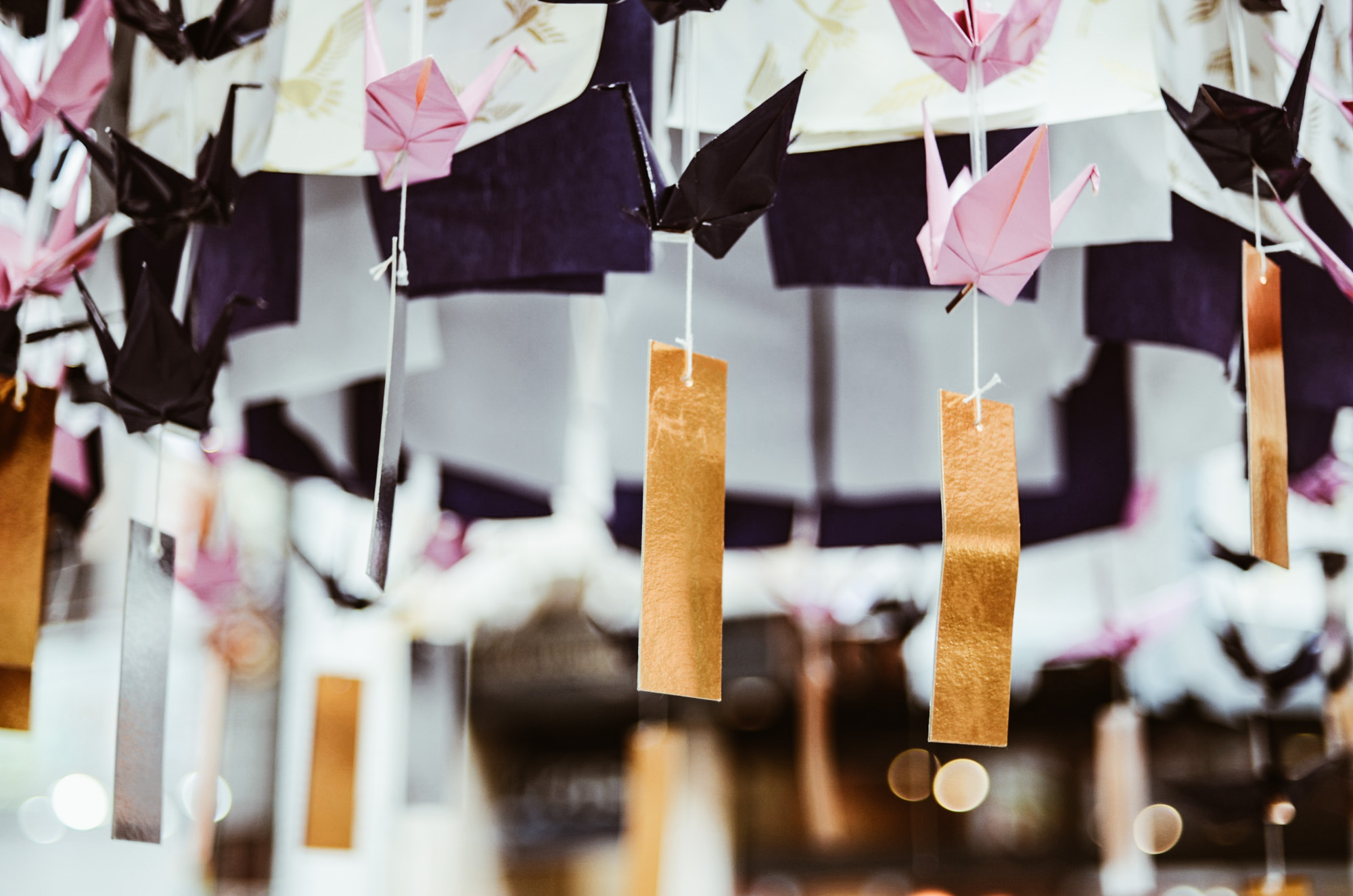
photo credits: japancheapo.com, EriTes Photo
Even if love is a feeling that always deserves to prevail, during this time of the year the idea of raising one’s eyes to the sky and desiring with all one’s heart something with the hope that it will come true, is always exciting. Each Tanzaku is special and it is wonderful to read people’s dreams and wish them to be heard. This, in fact, is one of the many moments of altruism that can only be shared in Japan.
And you? What dream do you keep in your heart? Whatever it is, find the way to come true! And if you are around Milan, we recommend you to come and celebrate the Tanabata from TENOHA Milan. Ready to hang your tanzaku? We have already done it!
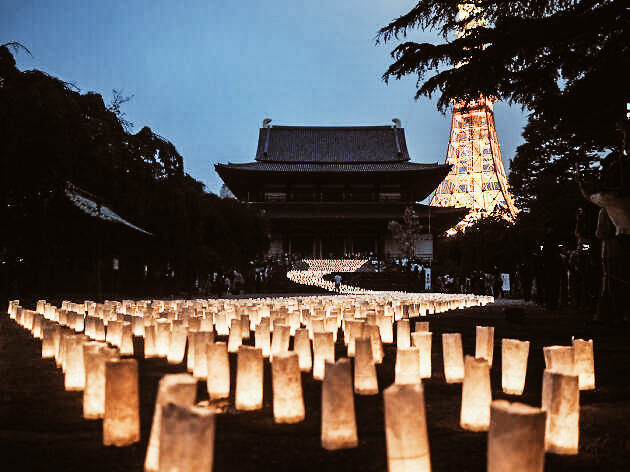
photo credits: timeout.com
Share this:
- Click to share on Facebook (Opens in new window)
- Click to share on Twitter (Opens in new window)
- Click to share on Tumblr (Opens in new window)
- Click to share on Pinterest (Opens in new window)
- Click to share on Telegram (Opens in new window)
- Click to share on WhatsApp (Opens in new window)
- Click to share on Reddit (Opens in new window)
- Click to print (Opens in new window)






